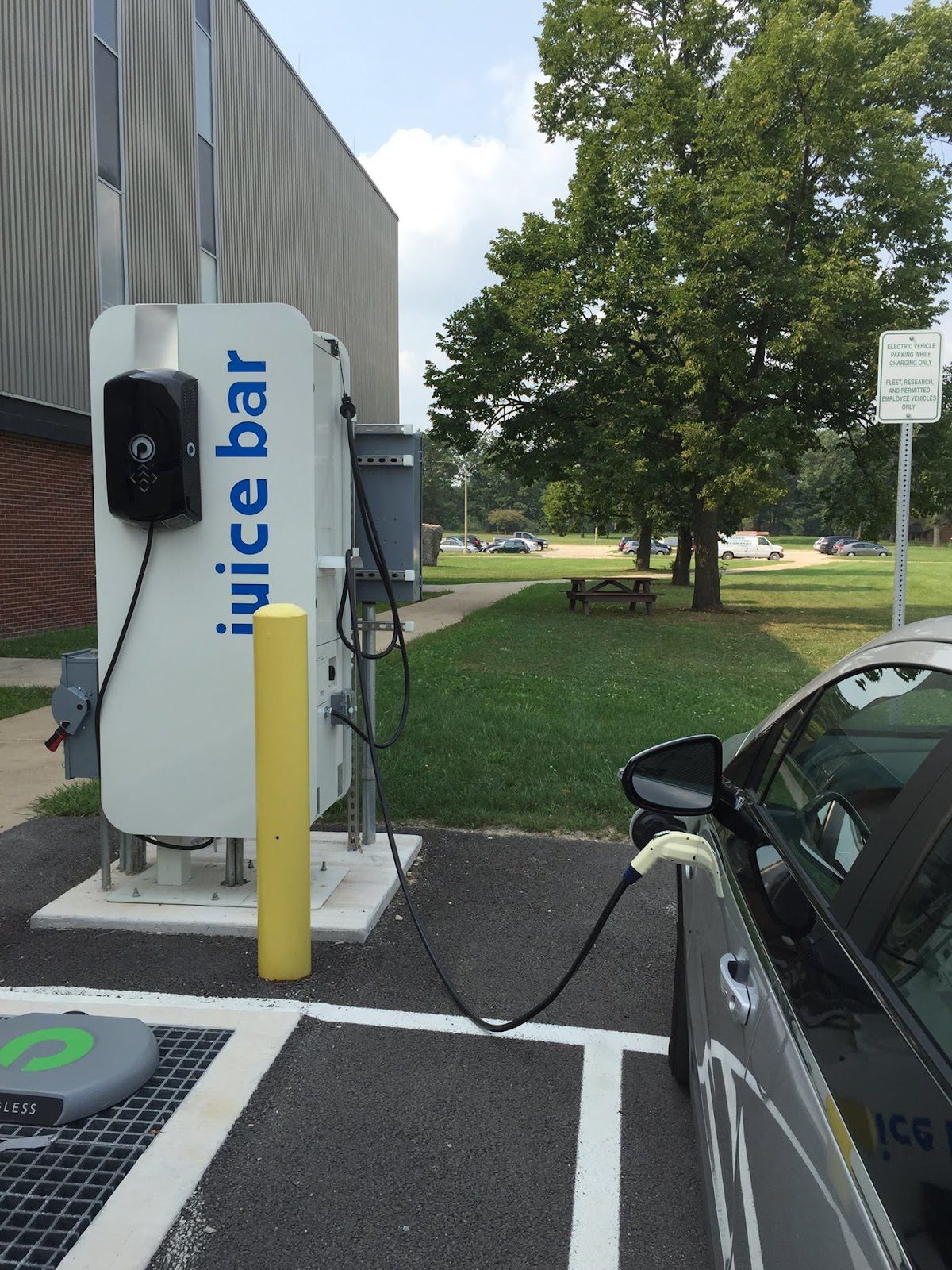Clean energy projects in certain states may now qualify for large tax credits thanks to provisions in the Inflation Reduction Act’s Federal Climate and Clean Energy Law. The law is designed to encourage new and existing green energy manufacturers to build in the U.S.
The potential tax breaks are available for projects in geographic areas known as “energy communities,” locations with a history of fossil fuel-led employment, including most of Appalachia and large chunks of Texas, the Four Corners region, and the Midwest. In some cases, developers could stack tax credits up for savings as high as 70% on project costs.
“The Inflation Reduction Act ensures all Americans benefit from the growth of the clean energy economy by driving investment and creating jobs in coal communities,” Secretary of the Treasury Janet L. Yellen said in a press release. “Coal communities have the knowledge and resources to play a leading role in the growth of the clean energy economy, and additional public investment will jumpstart the process.”

Photo Courtesy U.S. Department of Energy Office of Energy Efficiency and Renewable Energy
The bonus credit for energy communities is particularly important as those regions are working to transform American energy from fossil fuels to green options. The designated energy communities have a long history of coal-fired power plants and coal mines, many of which are now shuttered.
Those areas suffered higher unemployment than most of the country due to those plants closing. Any community with a coal plant that shuttered after 1999 or a coal-electric plant closed after 2009 qualifies, as well as areas with brownfields.
Any community with 0.17% direct employment, or at least 25% of local tax revenue related to coal, oil, or natural gas — or an overall unemployment rate at or above the national average — also receives the tax credit. The credit encourages new companies to build in those often-Rust Belt or -Appalachian small towns, bringing thousands of new jobs with them.
“Overall, the 70% (tax credit) is technically possible, but it’s important to remember that this will be limited to projects meeting very specific criteria,” Patrick Augustine, vice president of the energy practice at Charles River Associates, said to “Inside Climate News.”
New clean energy projects can qualify for a base investment tax of 30%, an additional 20% for building in a way that provides electricity to those in a low-income area, 10% for using equipment made in the U.S., and an additional energy community bonus of 10%. A project must also meet federal wages and apprenticeship requirements or risk shrinking to a 2% tax bonus.

Photo Courtesy U.S. Department of Energy Office of Energy Efficiency and Renewable Energy
The government is finalizing the process for determining one aspect of the credit bonuses. Some developers may find that buying foreign-manufactured equipment is still cheaper than the 10% credit. Guidelines on figuring out a product’s origin are in the works. Right now, most new solar energy farms contain mostly foreign-made parts, so this additional credit may take some time to become fully utilized.
The Inflation Reduction Act and its new Federal Climate and Clean Energy Law is the largest climate green energy law in American history. It’s designed to spur economic growth and in the transition to net-zero clean power.





